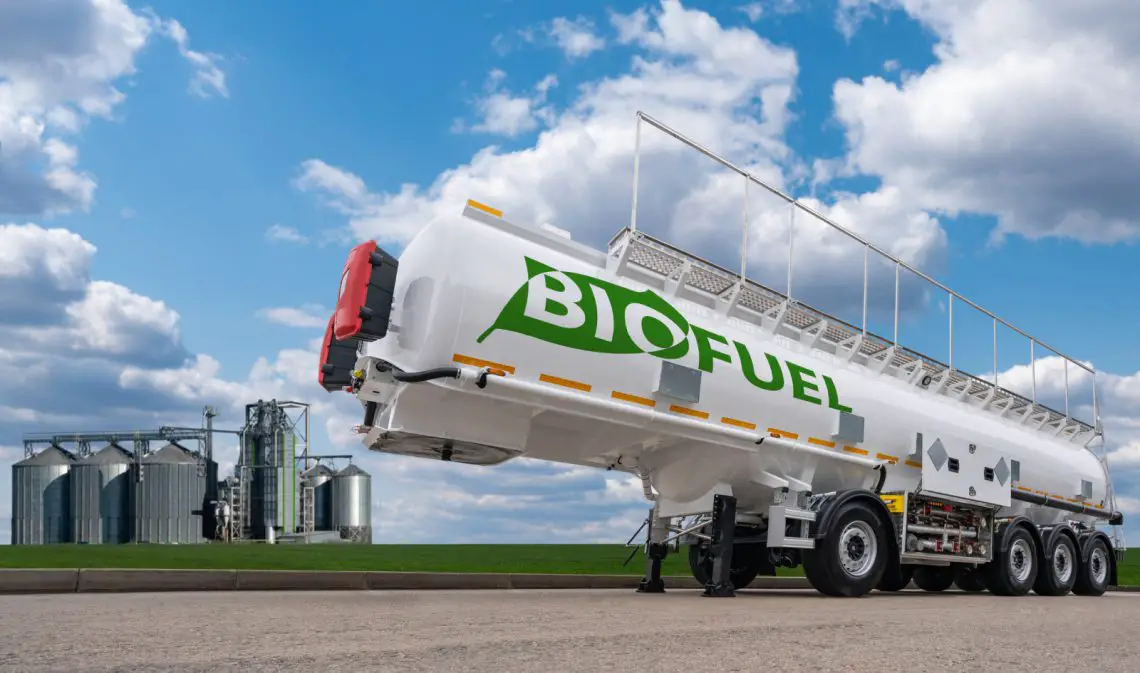Fueling E85 – What is it and where can you get it?
E85
E85 or flexifuel E85 is a biofuel, a blend of 15 percent gasoline and a whopping 85 percent bioethanol. This fuel is intended for special flexifuel cars and unsuitable for regular gasoline cars. E85 is still very limited available in the Netherlands, there are currently about fifteen gas stations that sell it. If you do accidentally fill up with E85, do not continue driving and have the fuel removed to prevent engine damage.
E85 reducesCO2 emissions
The ethanol for the biofuel E85 is obtained from plants. Hence the name bioethanol. Because it is extracted from plants, it contributes to lowerCO2 emissions in the biofuel E85. On average, the reduction inCO2 emissions from a flexifuel car running on E85 is as much as 58 percent compared to the emissions from a conventional car engine.
Text continues below the photo

E85 popular in Sweden
E85 is already relatively widely used in Sweden. There are already about 1,750 filling stations where you can fill up with E85 with your flexifuel car, especially in the south of the country. As a result, there are already over 200,000 flexifuel cars on the road in Sweden.
E85 also in the United States
Bioethanol is widely extracted from corn in the midwestern United States. As a result, the supply of E85 in that area is also relatively large. The U.S. government reports that there are nearly 4,000 gas stations in 42 states offering E85 biofuel.
Ethanol in Brazil
In Brazil, ethanol from sugar cane has been an important fuel for cars for many years. There, almost all cars are powered by a flex-fuel engine that can run on either a mix of 20 percent ethanol and 80 percent gasoline or on 100 percent ethanol and everything in between. Pure gasoline is no longer offered.
E85 in motorsports
E85 and ethanol are also already widely used as fuels in certain areas of motorsports. Ethanol is much knockier than gasoline (see last paragraph), so the fuel mixture can handle a higher compression and thus the engine can deliver more power and pulling power.
Disadvantages of E85
One disadvantage of ethanol as a fuel is that it attracts water; an internal combustion engine cannot handle that well. In cold areas, the flex-fuel engine starts harder on ethanol, which is why E85 still contains a component of gasoline. Further, while flex-fuel engines can deliver more power and pulling power, you won’t get as far on a gallon of E85 as a gasoline engine on a gallon of gasoline.
What do these numbers mean and what is knock resistance?
95 stands for the octane number of the gasoline, which for “normal” gasoline is 95 and for Euro98 (Superplus) is 98. The octane number indicates the knock resistance of the fuel: the degree to which that fuel can be compressed in the fuel-air mixture without causing self-ignition. It allows the engine to deliver more power and in the process prevents irregular running of the engine.
Read also: Beware: these petrol cars are not suitable for E10

